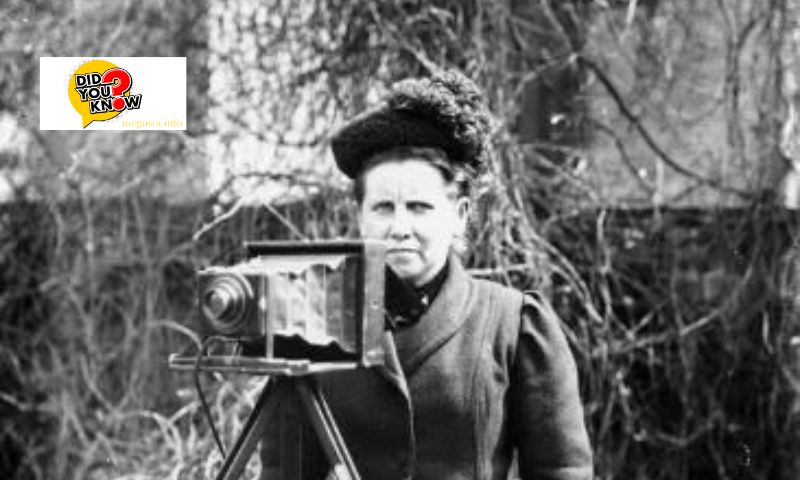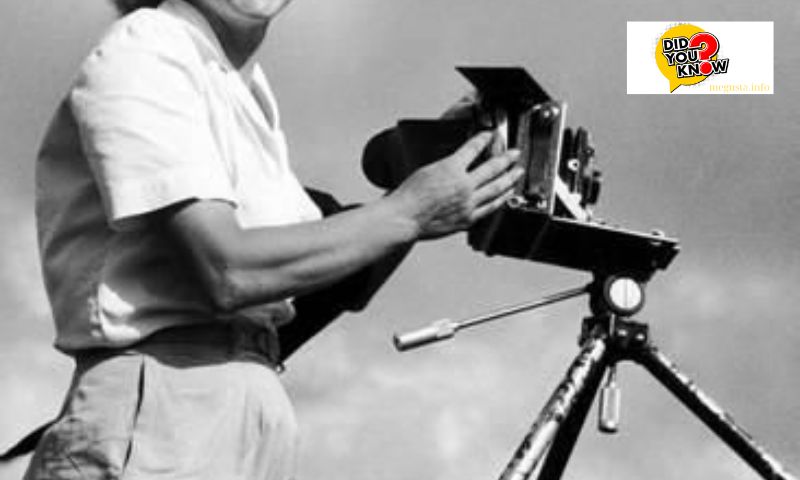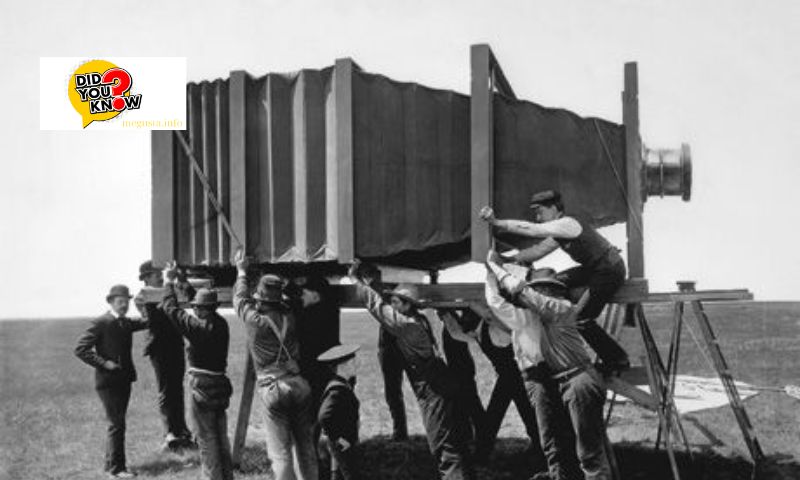Photography, as we know it today, has a rich history that traces back to the invention of the world’s first camera. Understanding this pivotal moment not only sheds light on the origins of an art form but also highlights the ingenuity and creativity of early pioneers in imaging technology. This comprehensive exploration fim megusta.info delves into the concept, invention, features, impact, and legacy of the world’s first camera.
1. What Was the World’s First Camera?

The term “camera” itself stems from the Latin word “camera obscura,” which means “dark chamber” or “dark room.” In essence, the world’s first camera was a device that could capture images through the manipulation of light and a light-sensitive material. Before the invention of the camera, various cultures and civilizations experimented with the principles of optics and light projection, laying the groundwork for what would become modern photography.
The world’s first true camera emerged during the early 19th century, marking a significant leap from earlier optical devices like the camera obscura. This breakthrough allowed for the capture of permanent images using a combination of lenses, mirrors, and light-sensitive materials.
2. Who Invented the First Camera?

The invention of the world’s first camera is attributed to several pioneers in the field of photography. Among them, one of the most notable figures is Joseph Nicéphore Niépce, a French inventor who is credited with producing the earliest surviving photograph taken with a camera. In 1826, Niépce captured the famous image known as “View from the Window at Le Gras” using a camera obscura and a bitumen-coated pewter plate, marking a monumental achievement in photographic history.
Niépce’s work laid the foundation for further advancements in camera technology by demonstrating the feasibility of creating permanent photographic images through chemical processes.
3. Key Features of the First Camera
The world’s first camera, as envisioned by Niépce and other early pioneers, featured basic yet revolutionary components. These cameras typically consisted of a light-tight box or chamber with a lens at one end and a light-sensitive material, such as a photographic plate or paper coated with silver salts, at the other. Light entering through the lens would create an inverted image on the light-sensitive surface, which could then be chemically processed to produce a visible photograph.
Compared to modern-day cameras, the early designs were rudimentary and often required long exposure times due to the limitations of light sensitivity and lens technology. Nevertheless, these early cameras represented a groundbreaking advancement in human visual communication and the preservation of visual memories.
4. Impact and Legacy

The invention of the world’s first camera had a profound impact on both the technological landscape and the cultural sphere. Photographs captured with these early cameras provided a new means of documenting reality with unprecedented accuracy and detail. This capability revolutionized fields such as journalism, science, and art, allowing for the visual representation of historical events, scientific discoveries, and artistic expressions.
Moreover, the advent of photography democratized access to visual representation, enabling individuals from diverse backgrounds to create and share their own perspectives through the medium of photography. This democratization of visual storytelling continues to shape contemporary society, where photography plays a central role in communication, expression, and memory preservation.
5. Where Can You See the World’s First Camera Today?
Today, examples of the world’s first cameras, including replicas and original artifacts, can be found in various museums and cultural institutions worldwide. Museums dedicated to photography and technology often showcase early camera models alongside exhibitions that explore the evolution of photographic technology and its impact on society.
For instance, the Musée Nicéphore Niépce in Chalon-sur-Saône, France, houses a collection of early photographic equipment, including replicas and historical artifacts related to Niépce’s pioneering work. Similarly, the George Eastman Museum in Rochester, New York, features a comprehensive collection of cameras and photographic equipment spanning centuries of photographic history.
Visiting these museums offers a firsthand opportunity to appreciate the ingenuity and craftsmanship behind the world’s first cameras while gaining insight into the evolution of photographic technology and its enduring cultural significance.
Conclusion
In conclusion, the invention of the world’s first camera represents a pivotal moment in human history, marking the birth of photography as a transformative medium of visual communication and expression. From its humble beginnings with the camera obscura to the sophisticated digital cameras of today, photography continues to evolve, shaping how we perceive and interact with the world around us.
By exploring the origins, inventors, key features, impact, and legacy of the world’s first camera, we gain a deeper appreciation for the ingenuity and perseverance of early pioneers in imaging technology. Their innovations laid the groundwork for the development of photography as a powerful tool for storytelling, memory preservation, and cultural exchange.
As we look to the future, the legacy of the world’s first camera serves as a reminder of the boundless potential of human creativity and innovation in shaping the way we see and understand our world.

